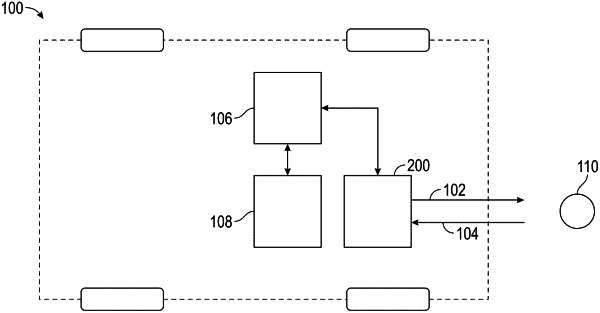| CPC G01S 7/4913 (2013.01) [G01S 7/4808 (2013.01); H03M 1/1255 (2013.01); G01S 13/931 (2013.01); G01S 17/04 (2020.01); G01S 17/06 (2013.01); G01S 17/58 (2013.01); G01S 17/93 (2013.01)] | 15 Claims |

|
1. A method of detecting an object, comprising:
generating an electrical signal at a photodetector in response to a reflected light beam received at the photodetector, the reflected light beam being a reflection of a chirp signal from the object, wherein a bandwidth of the electrical signal is the same as a bandwidth of the chirp signal;
partitioning the electrical signal into a plurality of channels sequentially by frequency;
providing the plurality of channels to a first comb filter and a second comb filter, wherein the first comb filter includes a first plurality of outlets spaced by frequency and the second comb filter includes a second plurality of outlets spaced by frequency, wherein the frequencies of the first plurality of outlets and the frequencies of the second plurality of outlets are interleaved and span the bandwidth of the electrical signal, with a first channel directed to a first outlet of the first comb filter and a second channel directed to a first outlet of the second comb filter and then returning to the first comb filter to repeat the sequential frequency partitioning of the electrical signal;
converting, within a selected channel from an analog at one of the first comb filter and the second comb filter, the electrical signal to a digital signal, at an analog-to-digital converter associated with the selected channel; and
determining, at a processor, a parameter of the object from the digital signal in the selected channel.
|